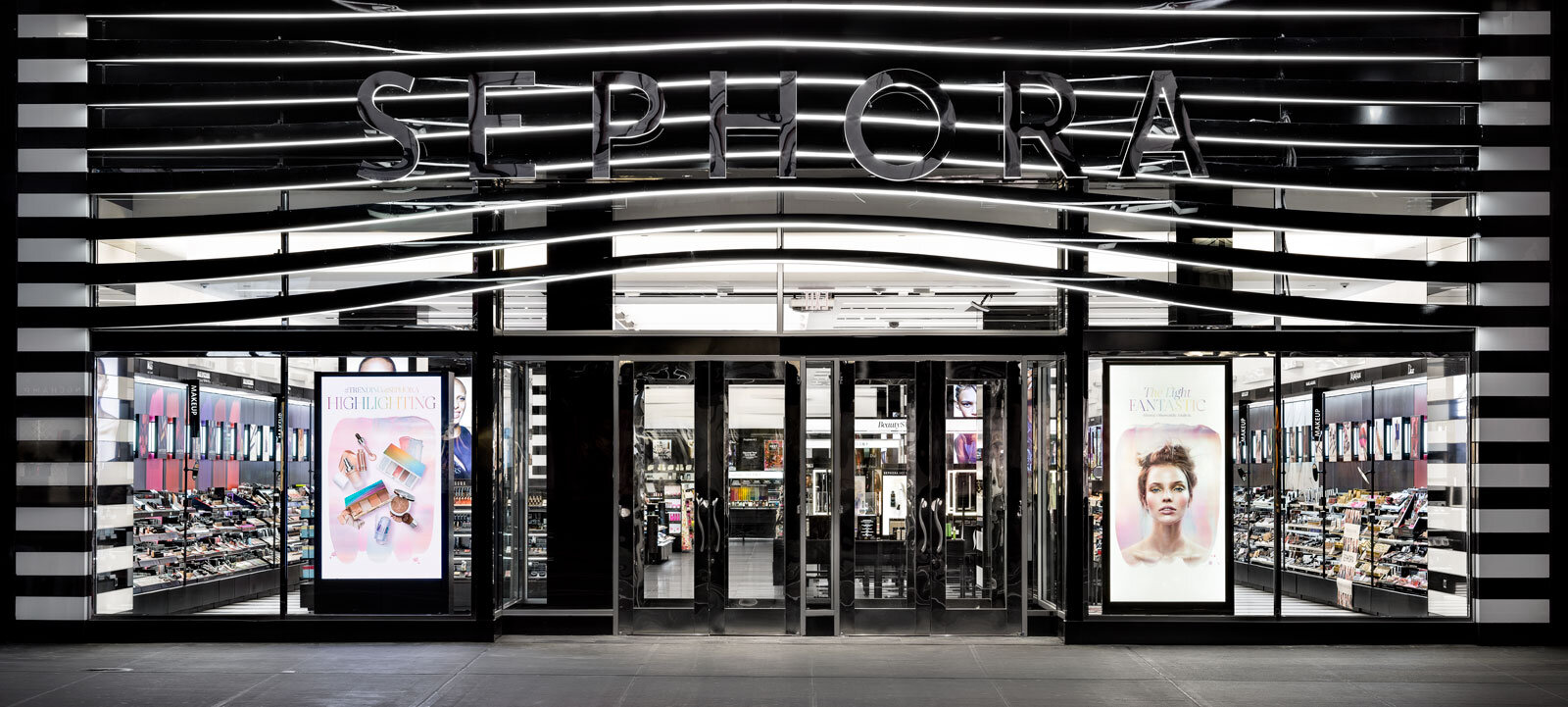Talking better product launch and allocation decisions with Ferrero USA
The global confectioner mitigates waste, improves service levels and controls costs by connecting digital supply chain visibility with POS analytics.
Keep readingTimely and granular retailer data are must-haves for supplier brands to increase sales and maintain customer service levels while controlling costs. Point-of-sale and inventory details aren’t just helpful, they’re the key ingredient to growing market share and staying ahead of competitors.
Most retailers offer some point-of-sale reports, but the metrics and level of granularity can range quite a bit, sometimes failing to paint a complete picture. That’s why we’re sharing how some of the biggest retailers provide data, and how you can try to make up for the gaps. So far we’ve offered breakdowns of Amazon Retail Analytics and The Home Depot. Today we’re looking into Sephora, the popular cosmetics and beauty chain. It presents some real hurdles when it comes to forming a complete understanding of your performance.
We work with a number of health and beauty brands, many of which sell through Sephora. For example, Youth to the People is a clean skincare that has broad distribution and a really strong relationship with the retailer. They rely on up-to-date, store/SKU performance data to enable field sales and optimize operations to keep up with fast changing consumer demand.
Brands selling through Sephora in the United States have two options for point-of-sale data.
The first is the retailer itself. Sephora directly provides two spreadsheet reports to brands: 1) the Weekly Sales by Location Report and 2) the Bestseller Report. The Weekly Sales by Location Report states your net sales dollars at each Sephora store, but doesn’t break down sales by SKU. The Bestseller Report shows both sales units and sales dollars, broken out by SKU, but is aggregated across all stores.
The second is the EDI 852 Product Activity Report. You can receive it from an EDI provider, such as SPS Commerce, which charges a fee. The report provides net sales units and on-hand units, down to a store and SKU level, but provides no data in dollar terms.
Summary of Sephora data options
Depending on what information you need, we recommend focusing on different reports:
However, no report is perfect; there are shortcomings to all the options.

This lack of detail makes it difficult to gauge geographic sales trends of products or product categories, compare the performance of specific products at one store to another store, and to ultimately strategize more nuanced sales and supply chain management strategies. For example, the data doesn’t give your field sales teams the insights they need to make recommendations to the Sephora store team on which products to push. This drawback also makes strategizing new product launches difficult. You can’t tell where a new product is performing well and where you need to invest to boost sales.
The EDI Product Activity Report is much better in that it does provide store-SKU granularity so you know how many of each SKU is selling at each store. It is still an incomplete picture, though, as you don’t know dollar sales at the SKU-store level. Knowing the dollar value of your sales enables you to prioritize effectively based on the value of the business, not just volume, so you can focus your time and resources where they’ll make the biggest revenue impact.
However, no report is perfect; there are shortcomings to all the options.
So where does all this leave you? Frustrated for one thing. Sifting through three different reports to cherry-pick different metrics is less than ideal—it’s time consuming and clunky, only giving you the pieces of the puzzle to form a clear picture, when you should be able to get the picture itself. We feel the same way; you should only have to focus on how your skin scrub’s selling instead of scrubbing through streams of data (in different data formats, no less).
Let’s see if we can… makeup (get it?) a way to configure this data to provide a clearer understanding of how you’re selling at Sephora. Through combining these three data options—EDI Product Activity Reports, Bestseller Reports, and Weekly Sales by Location Reports—you can come up with a more holistic overview of your performance at Sephora. In other words, you can get a good estimate of your dollar sales by store and by SKU to supplement what’s provided directly.
The Bestseller Report provides unit sales and dollar sales, so you can use it to calculate the average price per-product each week. This average retail price can be applied to the data in the Product Activity Report to derive sales dollars at the SKU-store level, as well as the sales value of on-hand inventory. It can also unlock value-added metrics, like lost sales dollars of any out-of-stocks (when units on hand are zero), when combined with forecasted sales at that location.
Keep in mind these numbers are only estimates. Since you don’t receive price information by geography from Sephora, you must assume prices are consistent across stores in this instance.
Another limitation to this data is that it’s provided at the weekly level only, across all reports. Lacking daily insight makes it harder to optimize your operations, such as replenishment models or field sales visits. If you also sell-through other retailers and they provide daily data, you can use their sales patterns to infer daily sales at Sephora, and then compare daily performance.
As discussed, the value of up-to-date, granular data can’t be overstated, with applications ranging from inventory management to sales insights and demand planning. But it can be a lot of work managing it all, especially across multiple retailers, to get a complete picture of your business. Here’s where Alloy.ai can help overcome common challenges beauty brands face to meet daily and weekly sales goals, maximize promotion performance, and maintain brand loyalty.
Touch base to schedule a demo and see how our integrated platform can help you stand out to retailers and consumers.
The global confectioner mitigates waste, improves service levels and controls costs by connecting digital supply chain visibility with POS analytics.
Keep readingHow to take an iterative approach to digital supply chain transformation with real-time alerts that motivate teams to collaborate on issue resolution
Keep readingUnderstand how gaps between systems, teams and processes are keeping you constantly firefighting and hurting your supply chain resilience
Keep reading